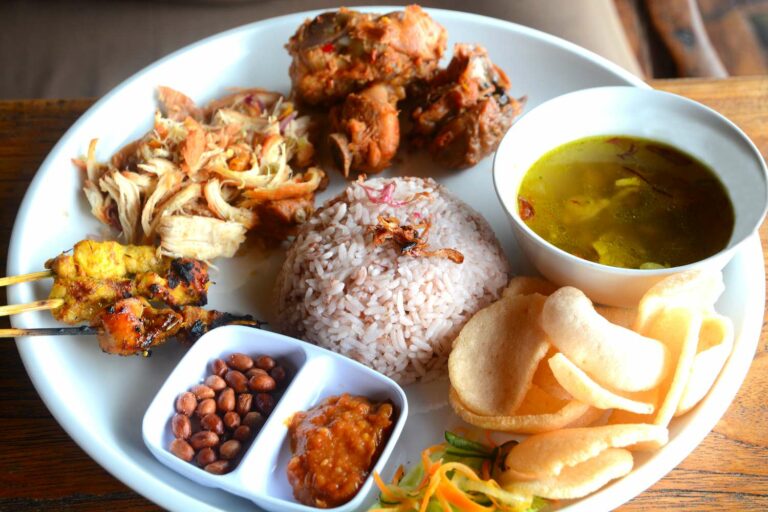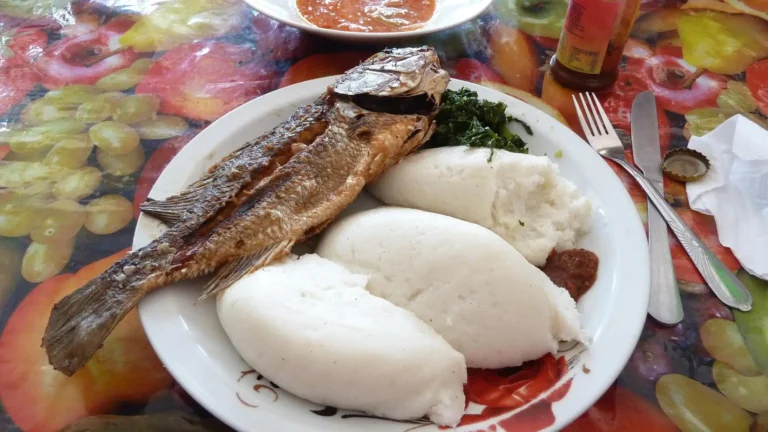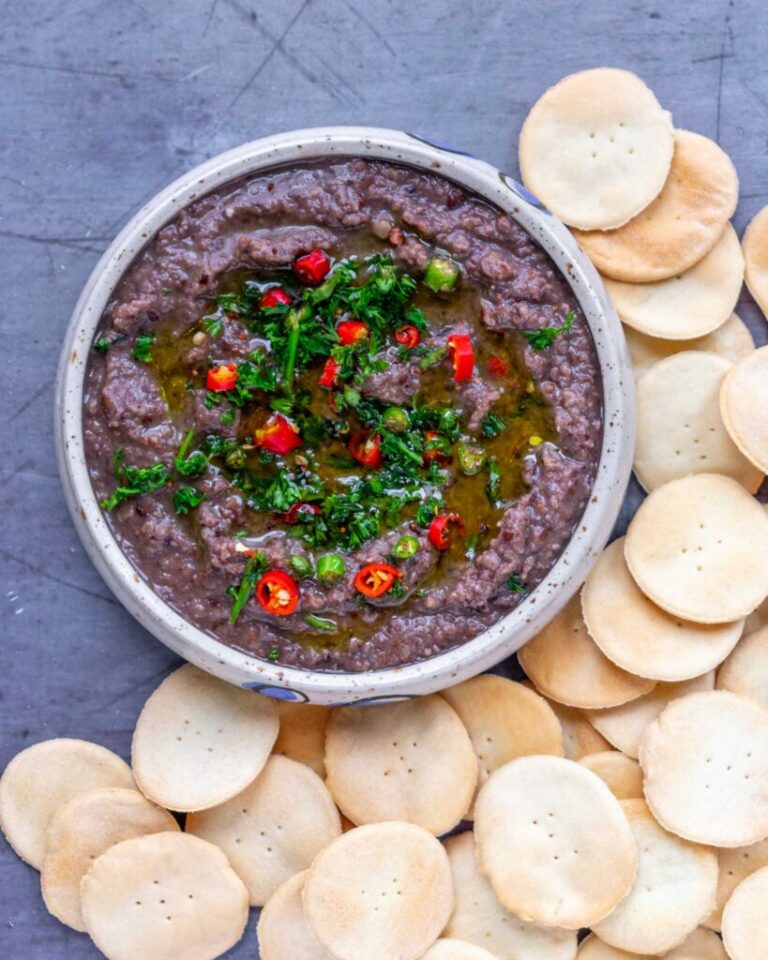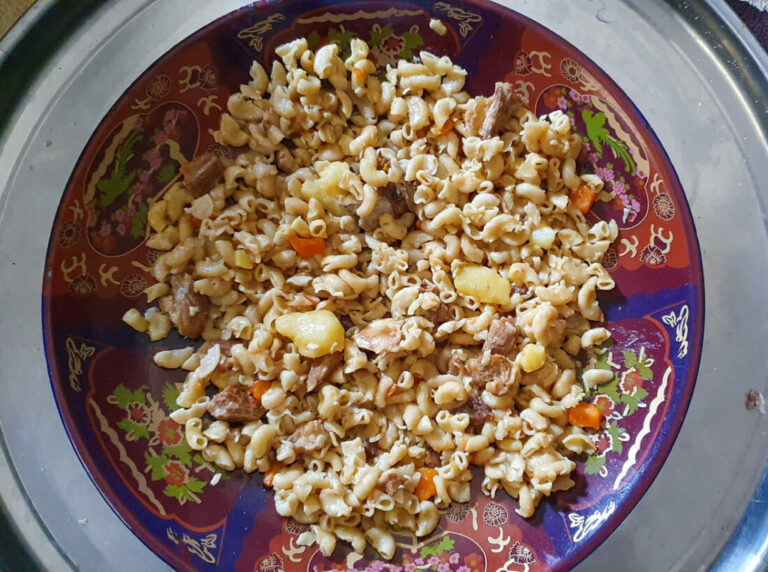Introduction
Luxembourg is renowned for its fusion cuisine, which combines traditional European flavors with modern twists. The country’s culinary scene is vibrant and diverse, with a range of condiments and sauces that add depth and complexity to its dishes. Whether you’re looking for a traditional sauce or a modern twist on a classic, Luxembourg has something to offer.
Luxembourg’s culinary history
Luxembourg’s culinary history is a rich tapestry of European influences. The country has been invaded and occupied by a range of different powers over the years, including the Romans, the Celts, the Franks, and the Spanish. Each of these cultures has left its mark on Luxembourg’s cuisine, resulting in a unique blend of flavors and ingredients.
The role of condiments and sauces
Condiments and sauces are an essential part of Luxembourg’s cuisine. They add flavor, texture, and complexity to dishes, and can be used to enhance the natural flavors of the ingredients. They can also be used to balance out strong or overpowering flavors, making dishes more palatable.
Commonly used condiments in Luxembourg
Some of the most commonly used condiments in Luxembourg include mustard, vinegar, and honey. Mustard is a staple in Luxembourg’s cuisine, and is used in a range of dishes, from sauces to marinades. Vinegar is also widely used, and is often used to pickle vegetables or add tanginess to sauces. Honey is used in sweet and savory dishes alike, and is used to add sweetness and depth to marinades and glazes.
Traditional sauces in Luxembourg cuisine
Luxembourg’s cuisine is steeped in tradition, and the country has a range of traditional sauces that are still popular today. One of the most popular is Judd mat Gaardebounen, a dish of smoked pork collar served with green beans in a creamy sauce. Another traditional sauce is the Luxembourgish version of hollandaise sauce, which is made with white wine vinegar and served with asparagus.
Modern twists on Luxembourg sauces
While Luxembourg is steeped in tradition, the country’s chefs are not afraid to experiment with new flavors and techniques. As a result, there are a range of modern twists on traditional Luxembourg sauces. For example, chefs may add truffle oil or smoked paprika to traditional sauces to add depth and complexity. They may also experiment with different ingredients, such as using apple cider vinegar instead of white wine vinegar in hollandaise sauce.










